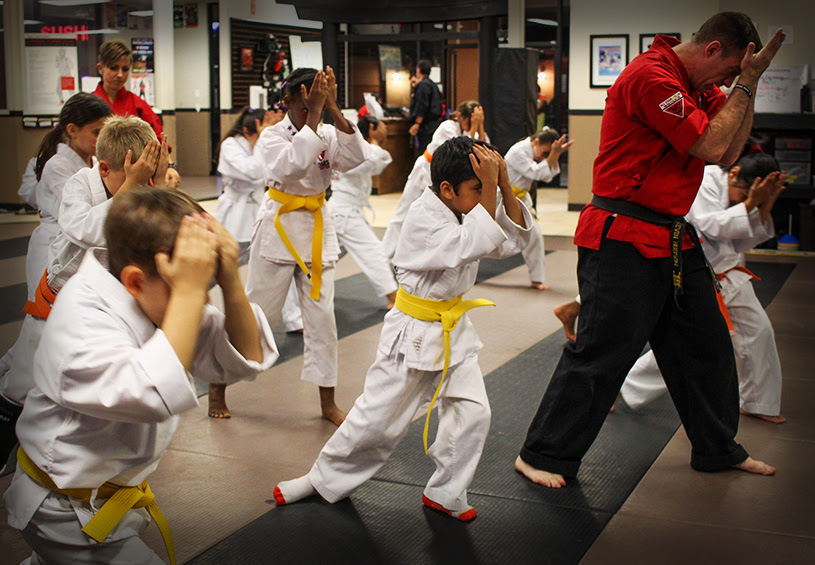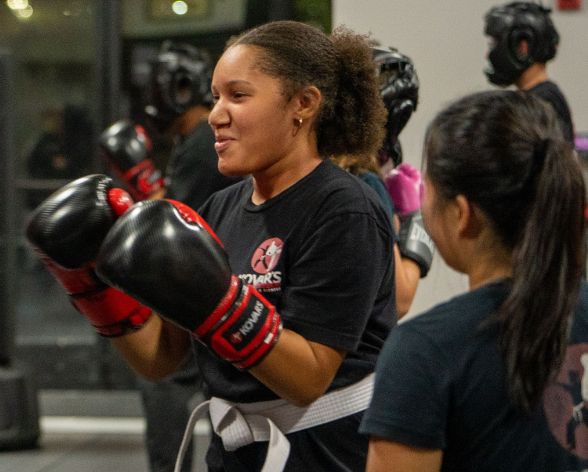Cross-Training in Martial Arts Benefits Kids
Cross-training provides fitness, variety, academic, and psychosocial benefits and prevents injury to young athletes.

“Cross-training” involves engaging in two or more sports. Cross-training provides various benefits, including fitness, variety, academic, and psychosocial improvements, and it helps prevent injuries in young athletes. The American Academy of Pediatrics recommends that kids cross-train regularly, especially incorporating martial arts, which is a total body-and-mind exercise.
The ABCs of Cross-Training
Cross-training focuses on improving four key areas, referred to as the ABCs:
- A = Agility
- B = Balance
- C = Coordination
- S = Speed
These skills are essential for developing athletic ability, enhancing various muscle groups, and improving game awareness, according to Mark Verstegen, performance coach for Major League Baseball players.
Cross-Training and Academic Performance
The American College of Sports Medicine has revealed that physical activity is closely linked to academic performance. Active children tend to:
- Perform better in school
- Improve concentration
- Have stronger self-esteem and self-belief
- Display enhanced motor skills, cooperation, and teamwork
Conditioning and Injury Prevention
Cross-training with martial arts and other sports such as football, soccer, baseball, or lacrosse offers both physical and mental conditioning. Martial arts training strengthens muscles, enhances flexibility, and promotes year-round fitness, which contributes to improved athletic performance. This level of conditioning helps young athletes enjoy sports more and become more successful players.
Rest is also critical for preventing injuries. Children who only play one sport without cross-training may experience imbalances in their body, leading to overuse injuries in muscles and bones. About half of the injuries in middle and high school students are related to overuse, which often occurs from insufficient rest.
Psychosocial Benefits of Cross-Training
Martial artists gain a range of psychosocial traits, including:
- Goal setting
- Moral and ethical development
- Personal growth
- Initiative and self-discipline
- Focus in school
- The ability to work well with others
Martial arts for kids and competitive sports complement each other by teaching athletes commitment to both their team and themselves. At Kovar’s, students learn teamwork, cooperation, and respect, which translate into better teamwork on the field. The discipline and perseverance learned through martial arts are highly valued by both teammates and coaches.
Enhancing Athletic Skills Through Martial Arts
The mechanics of martial arts, especially kicking, are highly beneficial to young athletes, particularly soccer players. Practicing sweep kicks can improve passing skills, while roundhouse kicks enhance goal-scoring abilities. For instance, a strong knee-up roundhouse kick can help players learn to “Bend it like a Black Belt,” enhancing their performance on the field.
Conclusion: Martial Arts for Agility and Conditioning
Martial arts promote agility, balance, coordination, and speed, making it an excellent form of cross-training. It helps young athletes develop important muscle groups and game precision. Training at Kovar’s martial arts in Roseville, CA provides kids with a competitive edge in their sports, giving them the conditioning they need to excel on the field.



